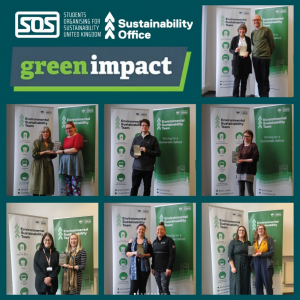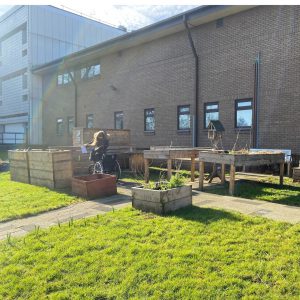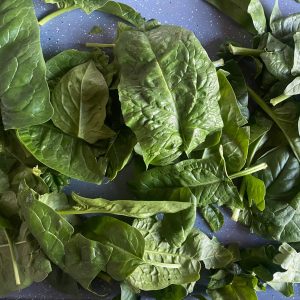
Another year of Green Impact success for the Art Collection
The University of Salford Art Collection awarded a platinum Green Impact award for 2022-23, plus special Community Action Award for Hybrid Futures work.

The University of Salford Art Collection awarded a platinum Green Impact award for 2022-23, plus special Community Action Award for Hybrid Futures work.

Artist Lizzie King shares her motivations for working on Sustaining Photography, and why working sustainably as an artist is important to her practice.

Socially Engaged Photographer Gwen Riley Jones shares why the Sustaining Photography project is important to her.

The Sustaining Photography team share step by step instructions on how to make your own plant-based film developer.

Step by step instructions on how to make you're on plant-based sun prints from the Sustaining Photography team, Gwen Riley Jones and Lizzie King.

Lizzie King and Gwen Riley Jones present Sustaining Photography, an exhibition exploring plant-based alternatives to traditional photography PLUS an exciting engagement programme.